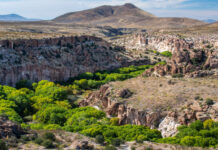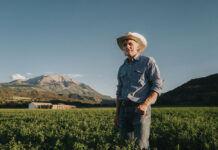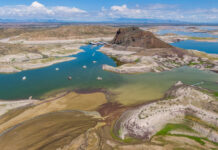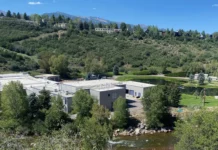Once a rich desert river, the Gila struggles to keep flowing
Population growth, agricultural withdrawals and climate change have badly diminished the river and threaten its future.
Looking back on America’s summer of heat, floods and climate change: Welcome to the...
This isn’t just a freak summer: Over the years, such extreme events are occurring in increasing frequency and intensity.
Tribal breakthrough? Four states, six tribes announce first formal talks on Colorado River negotiating...
Four states have embarked on formal meetings to negotiate jointly with some of the largest owners of Colorado River water rights: tribal communities.
Carbondale Ranch, water trust launch 2nd effort to boost Crystal River flows
Cold Mountain Ranch and the Colorado Water Trust penned an agreement to improve the Crystal River’s streamflow and compensate nearby ranchers.
The Colorado River Is Dying. Can Its Aquatic Dinosaurs Be Saved?
The razorback sucker has survived in the river for more than 3 million years. Climate change could end that.
Photos and videos: Elephant Butte Reservoir, August 2022
This page features drone-captured and ground-based photos and videos of Elephant Butte Reservoir, along the Rio Grande near Truth or Consequences, N.M.
Elephant Butte Dam, completed in 1916, was built...
Feds: Colorado River’s Flaming Gorge Reservoir able only to deliver two more emergency water...
As drought and climate change sap the Colorado River, even the water in the Upper Basin’s high-elevation reservoirs isn’t enough to protect the larger system.
Desalinating seawater sounds easy, but there are cheaper and more sustainable ways to meet...
Even in coastal cities, ocean desalination may not be the best or even among the best options to address water shortfalls.
How to destroy a ‘forever chemical’ – scientists are discovering ways to eliminate PFAS,...
Scientists have found that sodium hydroxide, a component often used in soaps, is able to break down one class of PFAS.
As more sanitation districts test wastewater for COVID-19, questions remain on interpreting the data
Wastewater can inform public health departments of new variants in the community, but the data collected is still inconclusive.












